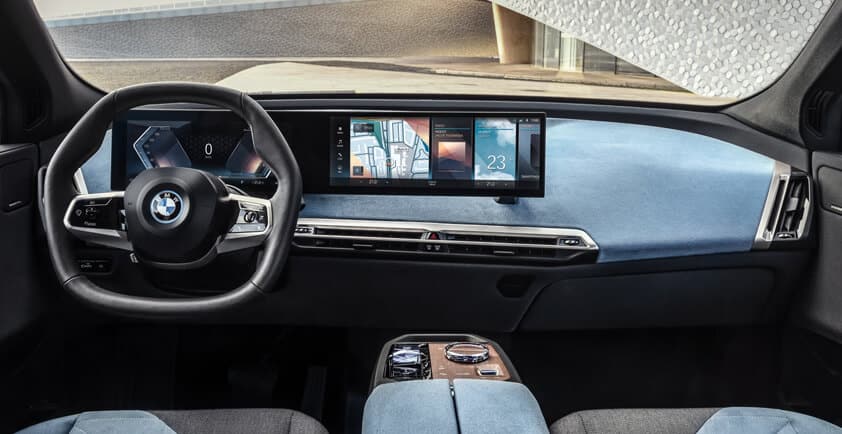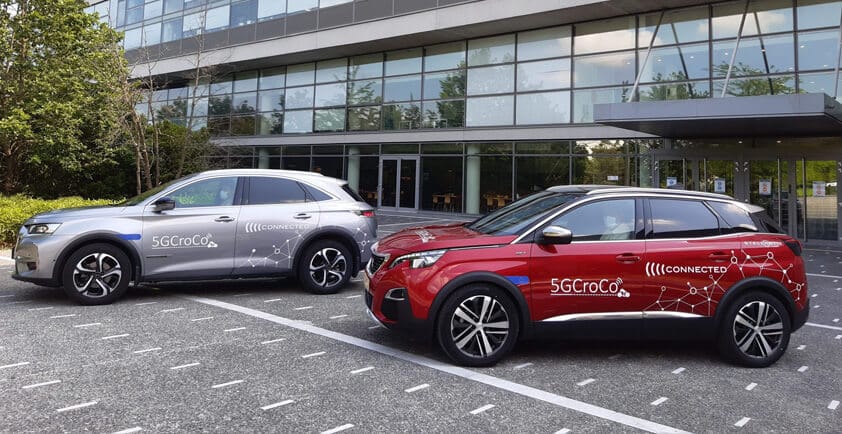

DRIVING AUTONOMOUSLY IN BERLIN
Hands off the wheel! In Berlin, futurologists demonstrate the road traffic of tomorrow. In the middle of the city, there is a test track for connected and future autonomously driving cars. The project, launched in 2017, is now being expanded. And the test track is being enlarged.
Originally, the test track ran from the Brandenburg Gate to Ernst-Reuter-Platz. That's almost four kilometers with 60,000 vehicles per day. What is the best way to design the mobility of the future? To explore this even better, the existing digital test field on Straße des 17. Juni is being extended and expanded in the direction of Kurfürstendamm and the Berlin Reichstag.
A pedestrian approaches on the left. He hesitates - probably stopping to wait until the road is clear. A bicycle is coming from the right - "right before left" applies here. For the car driver, this means braking and waiting. The driver perceives a lot of information in a fraction of a second. He assesses the situation at lightning speed. To do this, he unconsciously draws not only on current information. Experience and knowledge of the road traffic regulations also influence the decision. For fully automated vehicles to be able to assess situations in the same way, they need a lot of support. What the human driver sees or hears is recorded by a large number of sensors. In Berlin, cameras provide the picture. In addition, systems are used to measure distance and speed. Artificial intelligence is used to analyze and evaluate the data collected. The system makes a prediction. How will the situation develop, in which direction will the cyclist move? Based on this evaluation a decision for the driving maneuver will be taken and ultimately implemented via the technology installed in the vehicle.
To ensure that sufficient data is available for the analysis, many sensors were installed on the Berlin test track. These include sensors at the side of the road, at street lights or traffic lights. The team installed around 100 sensors. They all provide important information on traffic or on weather conditions.


Digital companies like Telekom come into play when it comes to transmitting and analyzing the data. As one of the project partners, Telekom ensures that the enormous volumes of data are managed. After all, this can amount to around 50 terabytes of data per day. This data is sent to the cloud, analyzed and sent back to the cars. This type of artificial intelligence requires secure platforms and fast networks. To this end, an edge infrastructure is being provided and a 5G communications infrastructure is being built.
The data collected during the test will be used to continuously improve the system. The vehicles on the test track are rolling computers. In order to regularly update them, a data circuit is established from the vehicle to the cloud via radio and back again. The diagnostic functions in the vehicles detect irregularities and transmit relevant data (sensor and video data of the driving situation, vehicle software configuration, environmental information).
State-of-the-art methods are used in the analysis. For example, the "digital twin". Before software adjustments are made to the real vehicle, they are tested on a "digital twin". This analysis is not only based on a complete virtual replica of the vehicle and all its software. It also considers information from the vehicle’s environment. Only when the updated software has been fully tested, it will be transmitted to the vehicle via radio.
For Deutsche Telekom, Christer Neimöck, Senior Program Manager and Business Development for autonomous and connected driving, is responsible for the trial. He is convinced that the traffic of the future will be safer and more climate-friendly. "Consistent digitization of the traffic infrastructure, especially in urban areas, ensures greater safety in traffic. And that increases the acceptance of highly automated driving. In addition, we will see new forms of mobility, especially in cities. An intelligent combination of different means of transport. This opens up considerable potential for new business areas and environmentally oriented urban developments."
More information about the research project can be found here.
Author - Caroline Bergmann - Spokesperson













